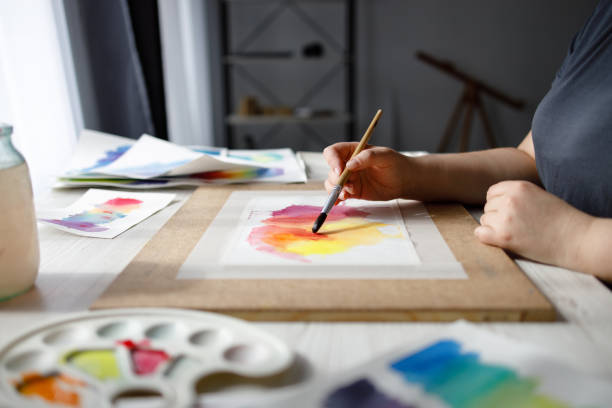Hobby Ideas for Creative Pursuits: Art, Painting, Drawing, Pottery
Finding a new hobby can refresh your routine, reduce stress, and develop practical skills. Creative hobbies like art, painting, drawing, and pottery offer a wide range of entry points for different interests, time commitments, and budgets. Whether you have ten minutes a day or several hours a week, a hands-on creative pursuit can be scaled to fit your schedule and goals. This article outlines practical hobby ideas, what you’ll need to begin, ways to practice consistently, and how to find learning options or community support.

How can hobbies fit into daily life?
Choosing a hobby that fits your lifestyle starts with realistic time expectations and simple goals. Set small, repeatable sessions—15–30 minutes of drawing with a sketchbook on the commute home or an hour of studio time on weekends for pottery. Look for hobbies that use materials you already enjoy; for instance, doodling while listening to podcasts or turning a spare corner into a small painting station. Consistency matters more than duration: regular short sessions create progress and habit. Also consider how social you want the hobby to be—solo practice, online groups, or local services and classes in your area.
What is art as a hobby and how to explore it?
Art as a hobby covers many forms—visual, textile, digital, and mixed media—and can be tailored to curiosity rather than professional outcomes. Start by exploring several mediums without committing to expensive supplies: try collage from old magazines, digital sketching apps on a tablet, or simple watercolor sets. Focus on experimenting and documenting what you like. Keep a creative journal to track ideas, sketches, and small projects. Art practice benefits from tutorials, books, and social feedback; consider joining an online forum or a local art group to exchange tips and motivation.
How to start painting with limited time and space
Painting doesn’t require a dedicated studio to begin. Acrylics and watercolors are accessible for small spaces: both dry relatively quickly and clean up with minimal effort. Begin with a few brushes, a basic color set, and paper or a small canvas. Learn basic color mixing and simple composition rules—value, contrast, and focal point—to see rapid improvement. Short exercises like color studies or timed paintings help build confidence. If storage is a concern, use a foldable easel or a portable paint box. Online tutorials and community workshops provided by local services can offer guided projects and feedback.
How to begin drawing: tools and practice habits
Drawing is one of the easiest creative hobbies to start: all you need is a pencil and paper. Invest time in simple exercises—contour drawing, gesture sketches, and value studies—to train observation and hand-eye coordination. Use different pencils (HB, 2B, 4B) and an eraser to explore line weight and shading. Set small, focused goals like completing a page of quick sketches daily or copying a masterwork study weekly. Join drawing challenges or online prompts to maintain momentum. As skills develop, consider branching into ink, charcoal, or digital drawing tools to expand technique and style.
Is pottery a suitable hobby and where to learn?
Pottery requires more equipment than drawing or basic painting but offers tactile rewards that many people find satisfying. Beginners often start with hand-building techniques—pinch pots, coils, and slabs—which need minimal tools and can be done on a kitchen table with air-dry clay. Wheel work and kiln firing usually need a ceramics studio or classes offered by local services or community centers in your area. Look for drop-in studios, community classes, or workshops to try wheel throwing before investing in a home wheel. Pottery fosters patience and problem-solving as you learn glazing and firing effects.
Conclusion
Creative hobbies in art, painting, drawing, and pottery provide flexible ways to develop new skills, express ideas, and connect with others. Start small, pick projects that match your available time and space, and use incremental practice to build technique. Local services, online tutorials, and community groups can help you progress and find feedback. Over time, modest, consistent effort leads to visible improvement and more enjoyable creative routines. The value of a hobby often lies in the process—exploration, learning, and the pleasure of making.






